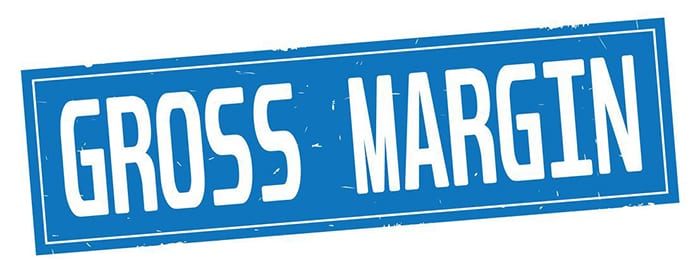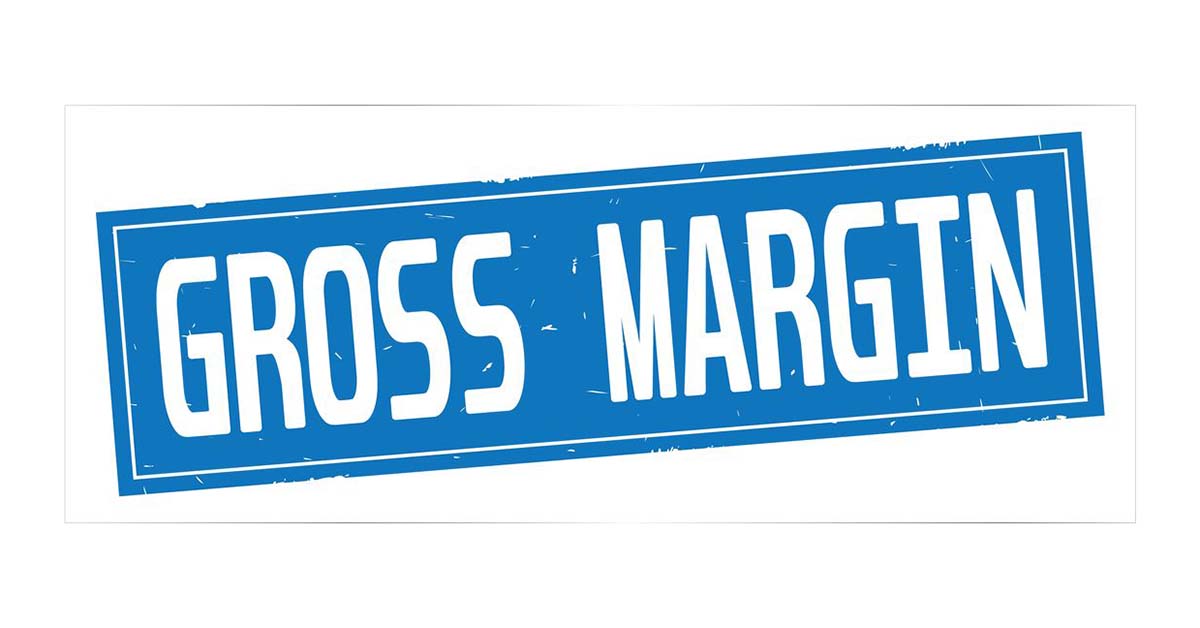Do you have multiple product lines or categories? Are you tracking the activity separately? If not, then do you really know where your cash is generated, and where it is being lost? A quick, real life example will help illustrate why this is important.

In this example, this local business has 10 different products being sold. They have the ability to split the sales and costs but chose to look at the combined numbers – the details bored them. However, they could not understand why their results were so much lower than those of their peers – they were netting 3% while their peers were around 20%.
We started by breaking out revenue and costs by line, splitting the fixed and variable costs (more on the importance of fixed vs. variable in a forthcoming article later). We separated fixed costs and analyzed the expenses, finding a few minor tweaks that made a slight difference (up to 4%) but we still knew we were not where we wanted to be.
The next step was breaking down the fixed and variable costs by product. After sorting through the data, we found that of the 10 lines, 8 were at or above the industry benchmark of 50% and more importantly, 2 were below the benchmark. Both were older contracts where the costs significantly outweighed the revenues, to the point of negative margins. Big time negative. We were faced with two options – renegotiate the dated contract to the point of profit (or to at least break-even), or to walk away from the business. Because of the strong relationship we had with the customer, we chose to sit down with them and talk it out. It turned out to be an easy conversation – the customer admitted that we were so far below our competition that they were wondering why we were priced so low. We were able to negotiate a new 5-year deal with gradual increases to get back to our 50% target margin. This still left us below our competition, so the customer was happy. Once the impact of these changes started flowing into the business, we found the business to be healthy again – cash was positive, getting stronger every day, and the owner was much more relaxed.
The point of this illustration is to consider: have you taken the time to break down your products and take an individual look at them? Are your margins below that of your competitors, to the point where you are bringing down the benchmark? Maybe it’s time to take a deeper dive into the numbers. The results could be significant.






